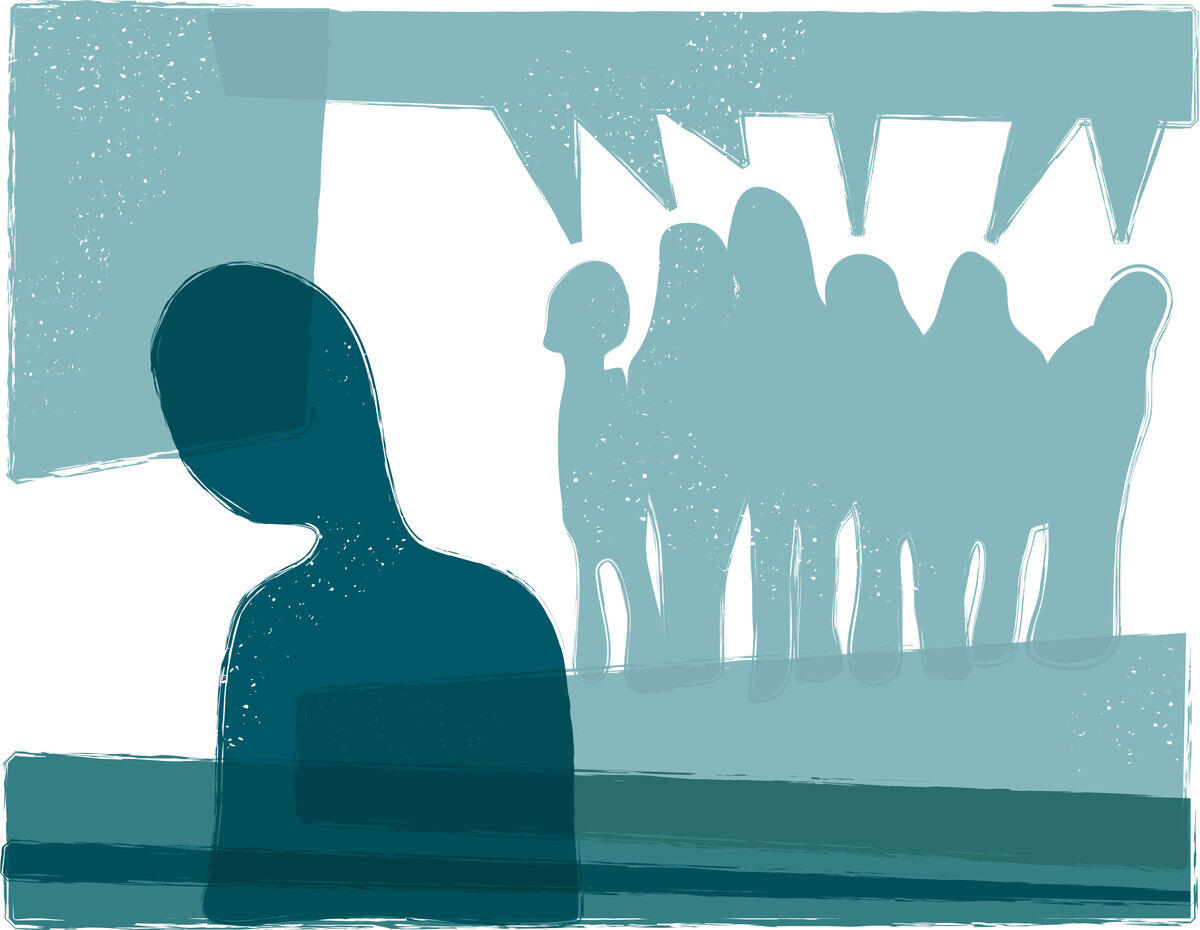
Feb. 17, 2023
Addressing social isolation may be key in preventing mass shootings, study finds
Share this story
An analysis of the psychological crises exhibited by 177 mass shooters has identified social isolation as the most important external indicator leading up to the attacks. The finding, which is based on research conducted at Virginia Commonwealth University, suggests that social isolation is an ideal candidate for acquaintances and communities of would-be shooters to intervene.
“When we are isolated from our social circles, we lose that functional component of our loved ones being frank with us when our behavior might become inappropriate,” said Samuel West, Ph.D., an assistant professor of psychology at Virginia State University who led the study while he was a postdoctoral researcher at the Injury and Violence Prevention Research Lab at VCU Health.
The study also found that the “mood swings” crisis indicator was one of the strongest predictors of a mass shooting’s severity. However, the authors concluded that social isolation was the most important because it acted as a “crisis multiplier” in that it allowed crises to increase the risk of other crises. For example, mood swings also increased the likelihood of paranoia, breaks with reality, and difficulties with daily tasks due to its connection with isolation.
“It is easy to see how this perfect storm of multiple crises in someone who has isolated themselves could coalesce into more harmful thoughts and ultimately actions without the perspectives of others to act as a protective factor,” said West, who received his doctorate from the Department of Psychology in the College of Humanities and Sciences at Virginia Commonwealth University.
West and co-author Nicholas Thomson, Ph.D., director of research and a forensic psychologist at the Injury and Violence Prevention Program, analyzed the data using psychometric network analysis, a new machine learning-based approach to exploring and visualizing complex relationships. They approached the study by focusing on psychological crises that nonexpert third parties — such as friends, family and co-workers — could observe and subsequently intervene.
“Research on mass shootings is scarce, which limits our ability to develop targeted risk assessments and prevention strategies for mass shootings,” said Thomson, an associate professor in the Department of Surgery in the School of Medicine and the Department of Psychology in the College of Humanities and Sciences. “What Dr. West has achieved with the data is a step in the right direction for understanding the warning signs of people who commit mass shootings.”
The study is novel in that the data collected is based on others’ perceptions of a mass shooter, Thomson said.
“In many ways, this is the data that we need because others’ perceptions are integral to identifying and reporting at-risk individuals, and the community is critical to preventing violence,” he said. “Equipped with the right knowledge we can develop risk awareness strategies that can prevent mass shootings from occurring. Of course, this is only one piece of the puzzle, but it is an important piece.”
The researchers see social isolation as an ideal target for intervention because it can be addressed both at the individual level and the societal level.
“Although most people who experience isolation do not go on to commit such acts of violence, intervening on that isolation only holds benefits for the individual,” West said. “This can be as simple as a friend stopping by in person to say hello and catch up — something that we could all benefit from. Although this seems like it may not have such an impact, prior research makes clear that isolation is a necessary component of planning and carrying out a mass shooting as many of the behaviors involved (e.g., stockpiling guns and ammunition) are readily observable.”
At the societal level, interventions could focus on building social ties and addressing isolation in communities.
“One example could be to require students at public high schools to participate in civic events and organizations as part of their compulsory education,” West said. “On the other side of this coin, we also must consider that many of these individuals end up isolated for other reasons initially (i.e., social rejection). As such, working on the inclusivity of others overall while continuing to address bullying behavior in young people could be a fruitful avenue to improve the mental and social health of students and society at large.”
Social isolation is also a good target for intervention because it was typically noticed significantly sooner, such as months or years before an attack, than other psychological crises, which tended to be observed days to weeks before an attack.
“Although scientifically validated interventions for isolation exist, they have all been developed to address isolation in those who are seeking relief,” West said. “Such interventions would necessarily look different with would-be mass shooters as it is likely they would not willfully seek out such help on their own. Our work doesn’t speak to causality or any specific intervention that could be applied in this context.”
The study, “Exploring Personal Crises Observed in Mass Shooters as Targets for Detection and Intervention Using Psychometric Network Analysis,” will be published in a forthcoming issue of the journal Psychology of Violence.
The research was funded, in part, by a Centers for Disease Control and Prevention grant (1R01CE003296; PI Thomson) that was among 10 awarded nationally in 2020 to find ways to address gun violence.
Subscribe to VCU News
Subscribe to VCU News at newsletter.vcu.edu and receive a selection of stories, videos, photos, news clips and event listings in your inbox.





